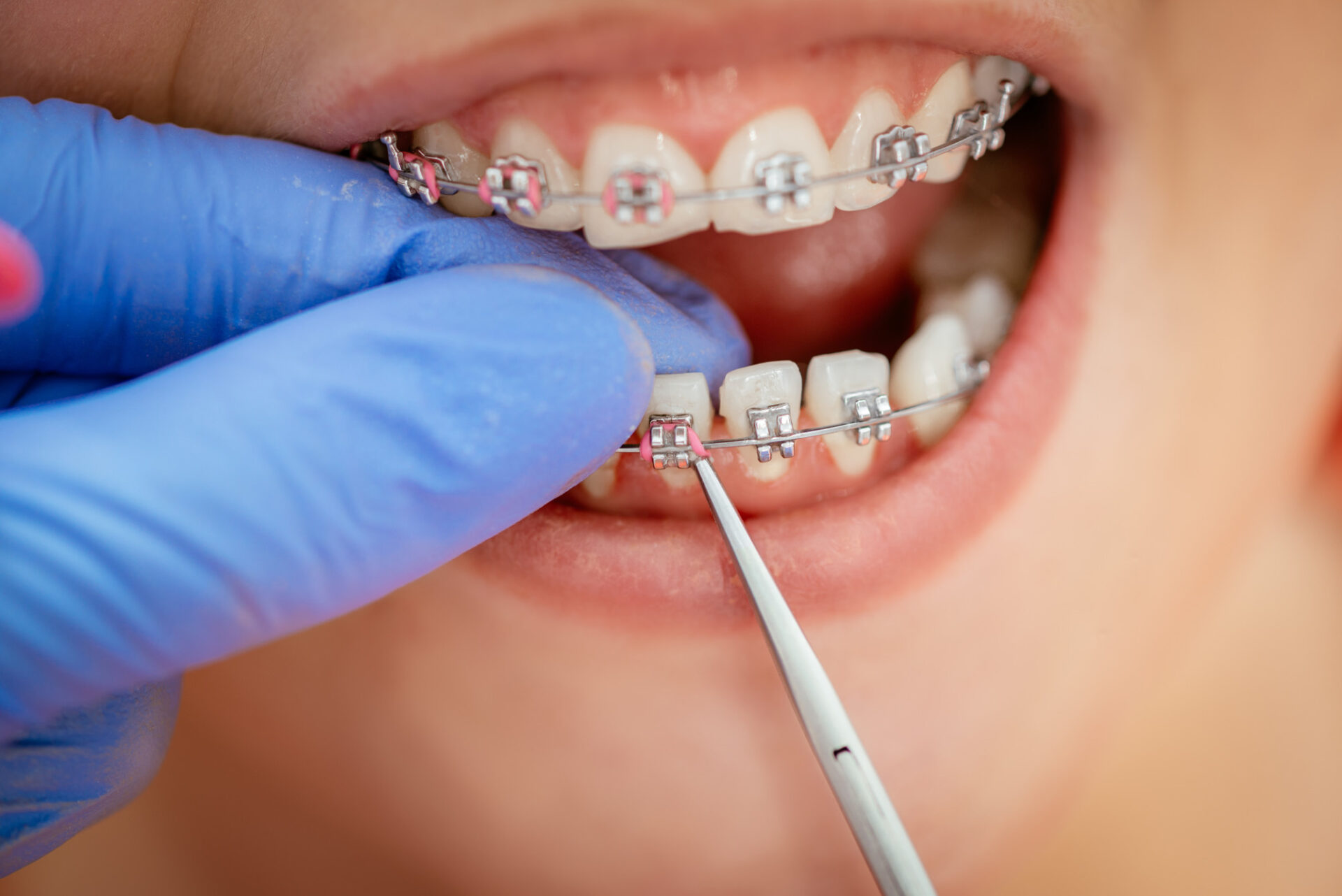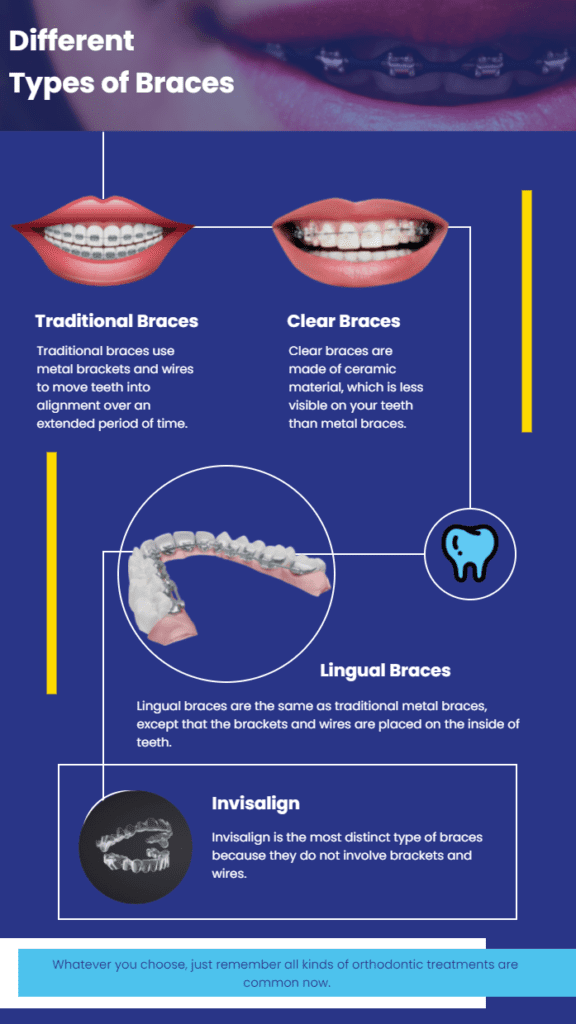Comprehensive Guide to Orthodontics Treatments for Remedying Dental Imbalances
In the realm of orthodontics, the journey to attaining a flawlessly lined up smile includes a myriad of procedures customized to correct oral misalignments. From standard braces to invisible aligners and even surgical options, the area of orthodontics offers a variety of services to deal with differing degrees of dental abnormalities. Understanding the intricacies of each procedure, including their systems, benefits, and prospective drawbacks, is essential in making informed decisions about one's orthodontic treatment. As we browse through the extensive overview to orthodontic treatments for dealing with oral misalignments, the elaborate details of each method will certainly unfold, shedding light on the course towards a harmonious and useful oral alignment.
Orthodontic Procedures Summary

Regular changes and surveillance are essential components of orthodontic therapy to make certain development is on track and to make any kind of essential adjustments along the means. By undertaking orthodontic treatments, clients can not just achieve a straighter smile however also enhance their overall dental wellness and function.
Typical Dental Braces: Just How They Work
When thinking about orthodontic treatments for dental misalignments, conventional dental braces stand out as a tried and true method for fixing teeth placing. Typical braces consist of braces, cables, and bands that work together to apply constant stress on the teeth, slowly moving them right into the desired alignment.
One key aspect of exactly how standard dental braces work is the process of bone renovation. As pressure is related to the teeth through the braces, the bone bordering the teeth is improved to sustain the new tooth settings. This makeover is important for the long-term stability of the fixed positioning. Patients will certainly require normal adjustments at the orthodontist's office to make certain the dental braces remain to use the appropriate pressure for efficient teeth activity.
Unseen Aligners: Pros and Cons
These clear, customized trays are basically unnoticeable when put on, making them an appealing choice for individuals looking for an extra cosmetically pleasing orthodontic treatment. Patients can remove the aligners prior to consuming or brushing their teeth, minimizing the danger of food obtaining stuck in the home appliance and simplifying the cleansing procedure.

Surgical Orthodontic Options
Surgical interventions in orthodontics present practical alternatives for attending to complex oral imbalances that might not be effectively fixed via conventional orthodontic treatments. While invisible aligners and standard dental braces can fix many orthodontic issues, specific situations call for surgical intervention to accomplish optimum results. Surgical orthodontic choices are commonly suggested for extreme malocclusions, considerable jaw inconsistencies, and instances where the underlying bone framework needs adjustment to achieve appropriate placement.
One common medical orthodontic procedure is orthognathic surgical treatment, which involves repositioning the jaws to deal with functional problems such as trouble chewing or talking. This surgery is frequently performed in cooperation with an orthodontist who helps line up the teeth prior to and after the treatment. Surgical orthodontics might also entail treatments to reveal impacted teeth, remove excess gum tissue, or reshape the jawbone to create an extra harmonious facial profile.
Prior to taking into consideration medical orthodontic options, clients undergo an extensive evaluation to figure out the necessity and potential advantages of such treatments. cumming invisalign. While surgery might seem difficult, it can significantly improve both the feature and aesthetic appeals of the smile in cases where standard orthodontic therapies fall short
Retainers and Post-Treatment Care

Post-treatment care involves adhering to the orthodontist's instructions vigilantly. This may consist of appropriate dental health methods, attending follow-up visits, and wearing the retainers as suggested. Failure to follow post-treatment treatment directions can lead to relapse, where the teeth gradually return in the direction of their initial positions. Consistent retainer wear, great dental health, and normal oral exams are necessary for maintaining the outcomes achieved via orthodontic surgical treatment and making sure the long-term security of the dealt with dental placement.
Final Thought
Finally, orthodontic treatments supply numerous choices for remedying oral imbalances. Typical braces make use click to find out more of steel braces and cords to move teeth right into proper placement. Undetectable aligners give an even more very discreet alternative yet may not appropriate for all situations. Surgical orthodontic options are available for more serious imbalances. Retainers are frequently used post-treatment to keep the new alignment. In general, orthodontic procedures can properly enhance oral wellness and visual look.
As we browse with the thorough guide to orthodontic treatments for correcting oral misalignments, the intricate information of each method will unravel, shedding light on the path towards a useful and unified oral placement. - cumming orthodontist
One of the most typical orthodontic treatments is the use of braces, which consist of steel braces and wires that apply gentle stress to slowly move teeth into the desired position.When taking into consideration orthodontic therapies for oral imbalances, standard dental braces stand out as a reliable approach for remedying teeth placing. In addition, invisible aligners might not be suitable for complex orthodontic problems that require more considerable teeth activity, as they are typically advised for moderate to modest situations. Retainers are customized orthodontic devices designed to hold teeth in their corrected positions after the completion of orthodontic treatment.